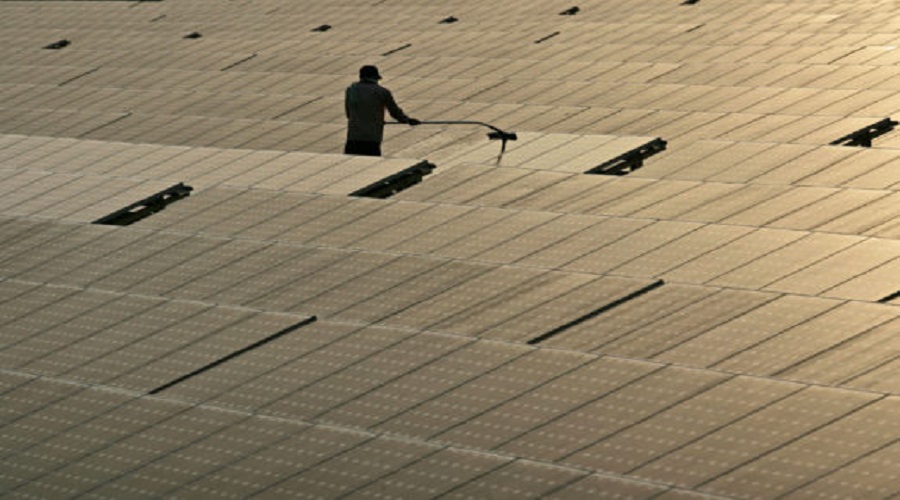India, the third largest energy consuming country in the world, is making giant strides towards achieving the target of doubling the electricity demand by 2030, while actually reducing the cost of production by around eight percent.
This looks very much possible against the backdrop of the country’s efforts to raise the non fossil electricity capacity to 500 Gigawatts by 2030. Steep cost reductions in battery storage and wind and solar energy position are the factors that are favourable to generation cost reduction. according to a new study by researchers at the U.S. Department of Energy’s Lawrence Berkeley National Laboratory (Berkeley Lab).
Currently, the total non fossil fuel based power generation capacity of India is 156.83 GW, which is 40 percent of the targetted 500 GW. Among non fossil fuels, the installed capacity of solar energy in India witnessed an18 fold increase from 2.61 GW to 47.66 GW between 2014 and 2021. The country has committed to installing 175 gigawatts (GW) of renewable energy capacity by 2022,
The study notes that India it could reduce electricity costs by 8 to 10%, provided the renewable energy and battery storage prices continue to decline. From 2020 levels, the carbon emissions intensity of its electricity supply would reduce by 43 to 50% by 2030.
“We found that building such high levels of renewable energy would actually be economical for India, thanks to the cost reductions in clean technologies that have occurred much faster than anticipated,” said Berkeley Lab scientist and the study’s lead author, Nikit Abhyankar. “However, the key to achieving the lowest costs, while maintaining grid reliability, lies in complementing the renewable energy build out with flexible resources such as energy storage and demand response, and utilizing the existing thermal power assets in the country in the most efficient manner.”
“The cost of energy storage for grid-based applications is rapidly falling, making it a viable near-term option for scaling up renewables,” said Deputy Assistant Secretary Anna Shpitsberg for the Bureau of Energy Resources of the U.S. Department of State. “Along with adding renewable capacity, scaling battery storage and enhancing demand response capabilities are essential to India’s efforts to move along a low-carbon trajectory while meeting its demand growth reliably.”

